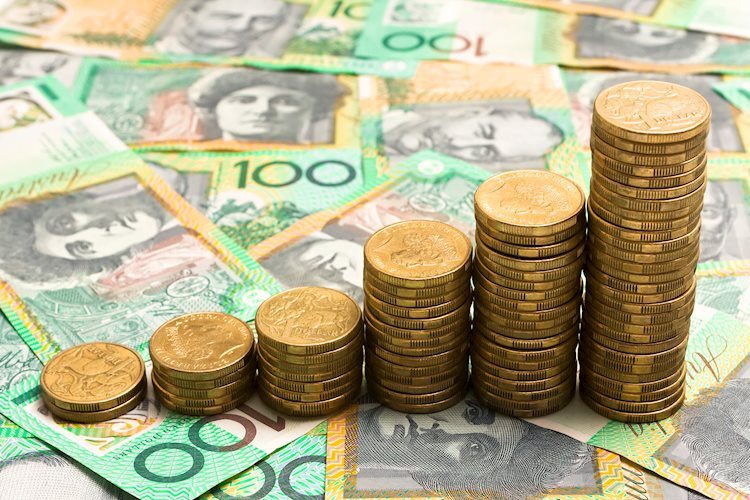- AUD/USD trades sideways below 0.6600 with a focus on US/Aussie data.
- Trump’s victory keeps the US Dollar on the frontfoot.
- The Australian jobless rate is expected to remain steady at 4.1%.
The AUD/USD pair trades in a tight range slightly below the key resistance of 0.6600 in Monday’s European session. The Aussie pair consolidates as investors await the United States (US) Consumer Price Index (CPI) and the Australian Employment data for October, which will be released on Wednesday and Thursday.
Market sentiment appears to be asset-specific as risk-perceived currencies are facing pressure, while US equities gain sharply. S&P 500 futures have posted significant gains in the European session. The US Dollar Index (DXY), which gauges the Greenback’s value against six major currencies, revisits a more than four-month high of 105.45.
Economists expect the annual headline inflation data to have accelerated to 2.6% from 2.4% in October, with core CPI rising steadily by 3.3%.
The Greenback remains broadly firm on Republican Donald Trump’s victory in the US presidential elections who is expected to raise import tariffs universally by 10%, a scenario that will boost inflationary pressures and fiscal deficit, which will force the Federal Reserve (Fed) to return to hawkish interest rate stance.
Meanwhile, the Australian employment report is expected to show that the economy added 25K workers in October, lower than 64.1K in September. The Unemployment Rate is expected to remain steady at 4.1%. The employment data will influence market expectations for the Reserve Bank of Australia (RBA) monetary policy action in the December meeting. Last week, the RBA left its key Official Cash Rate (OCR) unchanged at 4.35% but maintained a hawkish guidance on interest rates.
Australian Dollar FAQs
One of the most significant factors for the Australian Dollar (AUD) is the level of interest rates set by the Reserve Bank of Australia (RBA). Because Australia is a resource-rich country another key driver is the price of its biggest export, Iron Ore. The health of the Chinese economy, its largest trading partner, is a factor, as well as inflation in Australia, its growth rate and Trade Balance. Market sentiment – whether investors are taking on more risky assets (risk-on) or seeking safe-havens (risk-off) – is also a factor, with risk-on positive for AUD.
The Reserve Bank of Australia (RBA) influences the Australian Dollar (AUD) by setting the level of interest rates that Australian banks can lend to each other. This influences the level of interest rates in the economy as a whole. The main goal of the RBA is to maintain a stable inflation rate of 2-3% by adjusting interest rates up or down. Relatively high interest rates compared to other major central banks support the AUD, and the opposite for relatively low. The RBA can also use quantitative easing and tightening to influence credit conditions, with the former AUD-negative and the latter AUD-positive.
China is Australia’s largest trading partner so the health of the Chinese economy is a major influence on the value of the Australian Dollar (AUD). When the Chinese economy is doing well it purchases more raw materials, goods and services from Australia, lifting demand for the AUD, and pushing up its value. The opposite is the case when the Chinese economy is not growing as fast as expected. Positive or negative surprises in Chinese growth data, therefore, often have a direct impact on the Australian Dollar and its pairs.
Iron Ore is Australia’s largest export, accounting for $118 billion a year according to data from 2021, with China as its primary destination. The price of Iron Ore, therefore, can be a driver of the Australian Dollar. Generally, if the price of Iron Ore rises, AUD also goes up, as aggregate demand for the currency increases. The opposite is the case if the price of Iron Ore falls. Higher Iron Ore prices also tend to result in a greater likelihood of a positive Trade Balance for Australia, which is also positive of the AUD.
The Trade Balance, which is the difference between what a country earns from its exports versus what it pays for its imports, is another factor that can influence the value of the Australian Dollar. If Australia produces highly sought after exports, then its currency will gain in value purely from the surplus demand created from foreign buyers seeking to purchase its exports versus what it spends to purchase imports. Therefore, a positive net Trade Balance strengthens the AUD, with the opposite effect if the Trade Balance is negative.
Read the full article here

